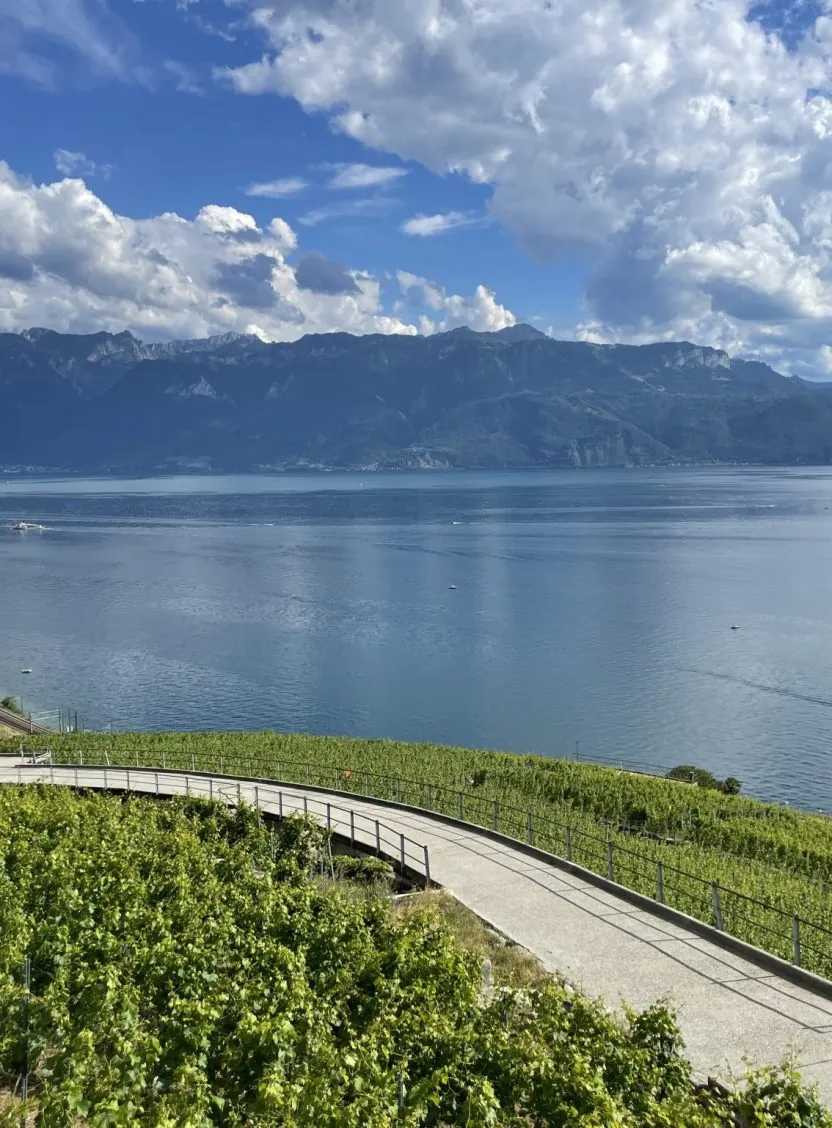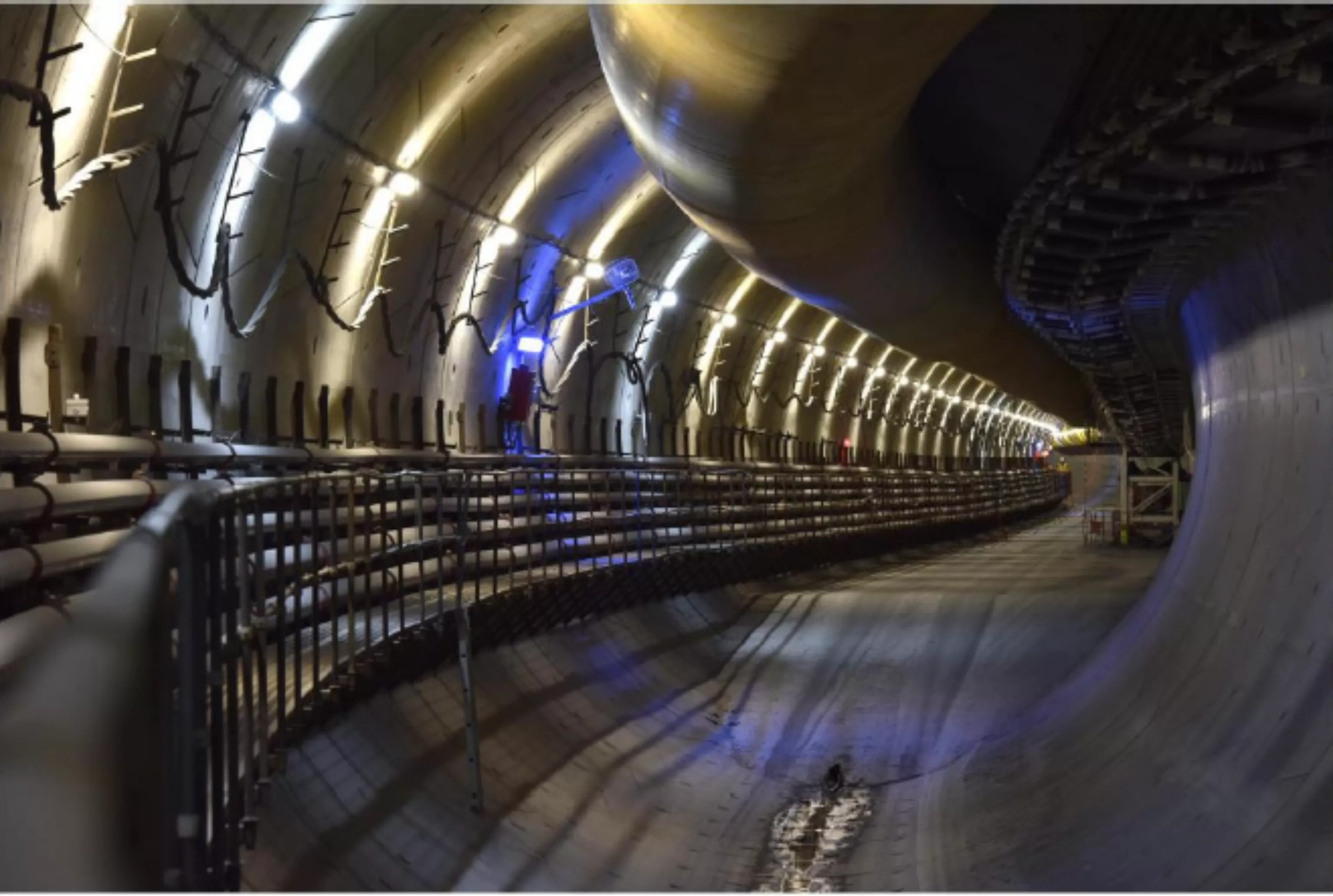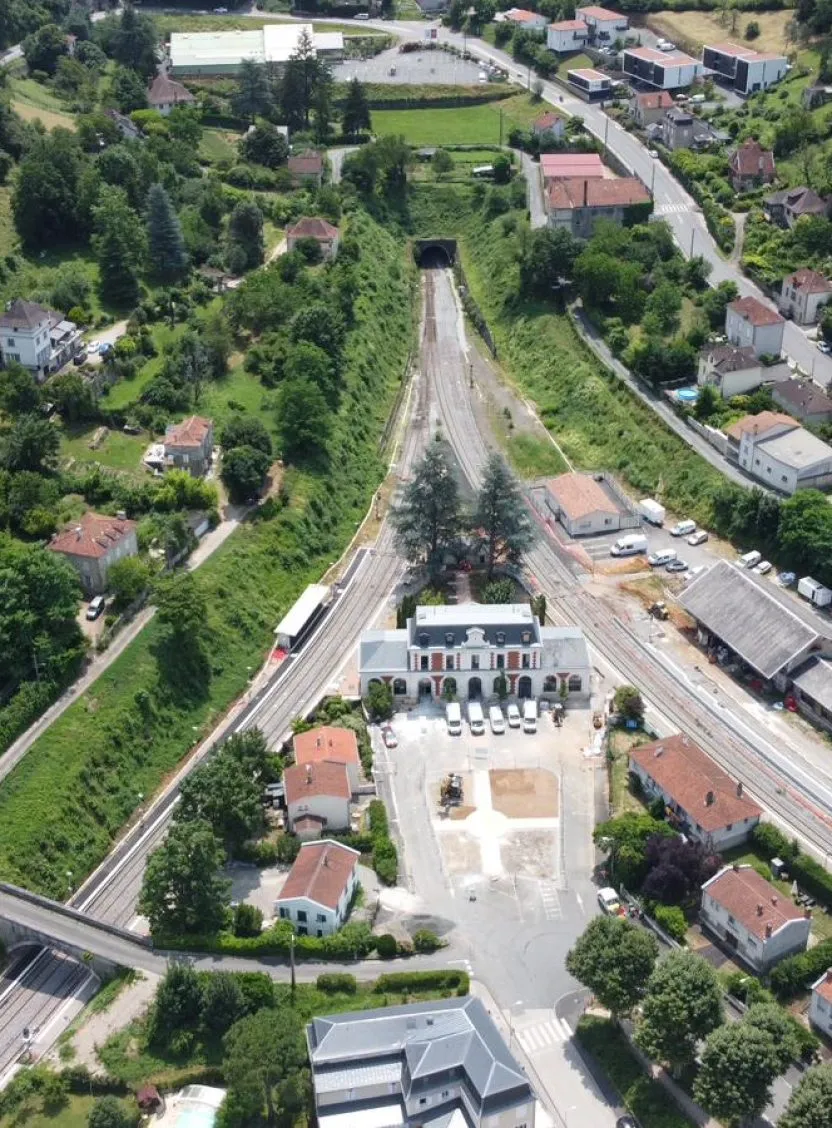
The DODIN CAMPENON BERNARD – SPIE BATIGNOLLES TPCI – GTM OUEST-LEGENDRE OUEST – BOTTE FONDATIONS – SPIE FONDATIONS consortium is contractor for the construction of line B of the Rennes Métropole automatic metro urban transit system, within the framework of works package 1 comprising 8.1 km of tunnel (bored with a tunnel boring machine), 9 stations including 2 interconnecting with the
existing line A, the TBM starting shaft and 4 ventilation and emergency shafts.
The tunnel is being bored through a geological context characterised by a very heterogeneous and variable substratum, consisting essentially of a
number of Brioverian schist facies, overlain by various thicknesses of substratum alteration (alterites), alluvia and colluvia. setec was contracted by the consortium to provide assistance during the tendering process, and has subsequently been working on the geotechnical engineering studies in the execution phase. In parallel, A. Guilloux is working as an expert consultant and participating in the project technical committee.
For the last year additional finite element calculations (Plaxis 2D) have been run to update the geotechnical models with respect to the building monitoring results and the station walls movements on the one hand, and to the changes in the retaining structures design proposed during the works (iterative calculations), on the other hand.
Lastly, considering the issues and the retaining walls displacements observed at one of the interconnection stations with existing line A, in spring 2015 setec was contracted to carry out a 3D modelling of the station under
construction : 3D modelling of the new and existing stations, the tunnels and the connecting passages.


